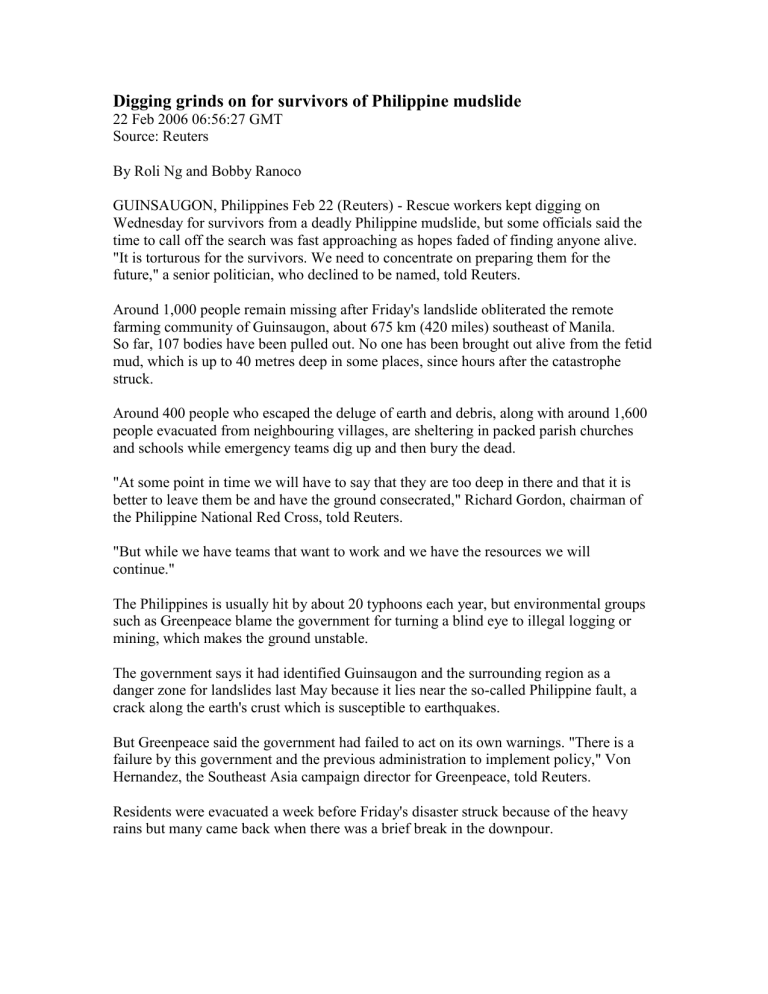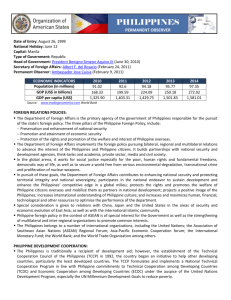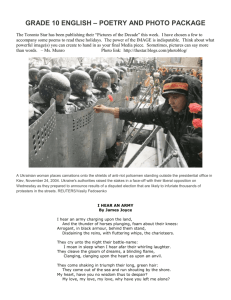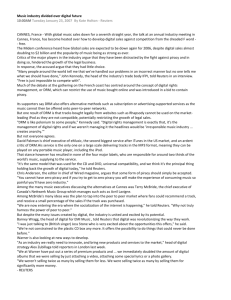(projdoc).

Digging grinds on for survivors of Philippine mudslide
22 Feb 2006 06:56:27 GMT
Source: Reuters
By Roli Ng and Bobby Ranoco
GUINSAUGON, Philippines Feb 22 (Reuters) - Rescue workers kept digging on
Wednesday for survivors from a deadly Philippine mudslide, but some officials said the time to call off the search was fast approaching as hopes faded of finding anyone alive.
"It is torturous for the survivors. We need to concentrate on preparing them for the future," a senior politician, who declined to be named, told Reuters.
Around 1,000 people remain missing after Friday's landslide obliterated the remote farming community of Guinsaugon, about 675 km (420 miles) southeast of Manila.
So far, 107 bodies have been pulled out. No one has been brought out alive from the fetid mud, which is up to 40 metres deep in some places, since hours after the catastrophe struck.
Around 400 people who escaped the deluge of earth and debris, along with around 1,600 people evacuated from neighbouring villages, are sheltering in packed parish churches and schools while emergency teams dig up and then bury the dead.
"At some point in time we will have to say that they are too deep in there and that it is better to leave them be and have the ground consecrated," Richard Gordon, chairman of the Philippine National Red Cross, told Reuters.
"But while we have teams that want to work and we have the resources we will continue."
The Philippines is usually hit by about 20 typhoons each year, but environmental groups such as Greenpeace blame the government for turning a blind eye to illegal logging or mining, which makes the ground unstable.
The government says it had identified Guinsaugon and the surrounding region as a danger zone for landslides last May because it lies near the so-called Philippine fault, a crack along the earth's crust which is susceptible to earthquakes.
But Greenpeace said the government had failed to act on its own warnings. "There is a failure by this government and the previous administration to implement policy," Von
Hernandez, the Southeast Asia campaign director for Greenpeace, told Reuters.
Residents were evacuated a week before Friday's disaster struck because of the heavy rains but many came back when there was a brief break in the downpour.
Congressman Roger Mercado said officials would soon have to talk to survivors about resettling elsewhere on Leyte island, in the central Philippines where Guinsaugon is located.
"There is a 2,000 hectare (4,942 acres) site about 5 to 7 kilometres (3-4 miles) from here which is available. We haven't spoken to people about it yet because they are in a state of shock."
HOPES FADE
Hopes of a miraculous recovery were raised on Monday when search teams heard some rhythmic noise near the site of a packed elementary school buried under metres of mud.
No sound has been picked up since.
But morale among rescuers, including U.S. Marines dispatched from annual military exercises in the southern Philippines, remained good despite finding no survivors and the battle against deep, shifting mud.
"They know when they find somebody they are making a difference," Lieutenant Colonel
Alex Vohr told Reuters.
Medical staff are monitoring survivors to prevent infectious diseases such as chickenpox and measles from spreading in the packed evacuation centres. There were only eight working toilets for nearly 700 people in one shelter.
President Gloria Macapagal Arroyo visited the disaster site on Wednesday as did former first lady Imelda Marcos.
In the Philippines, where the majority of people are practising Roman Catholics, some have said the landslide was God's will.
"In life there are certain things we cannot understand. It is God. We have to accept them," said Sister Rosario Eyay as she helped out in one of the evacuation centres.











